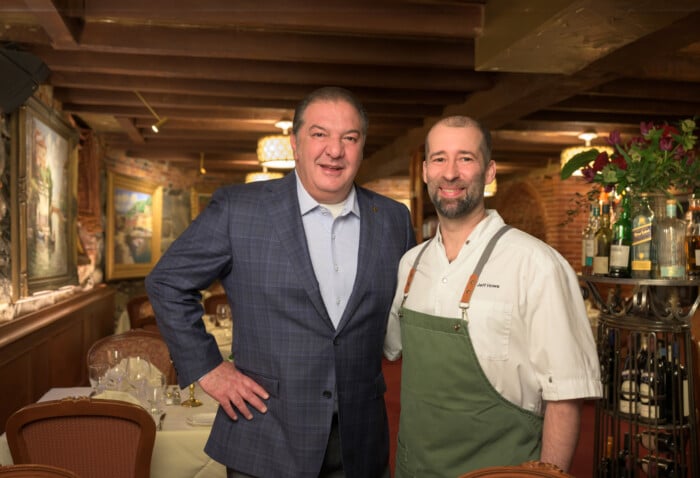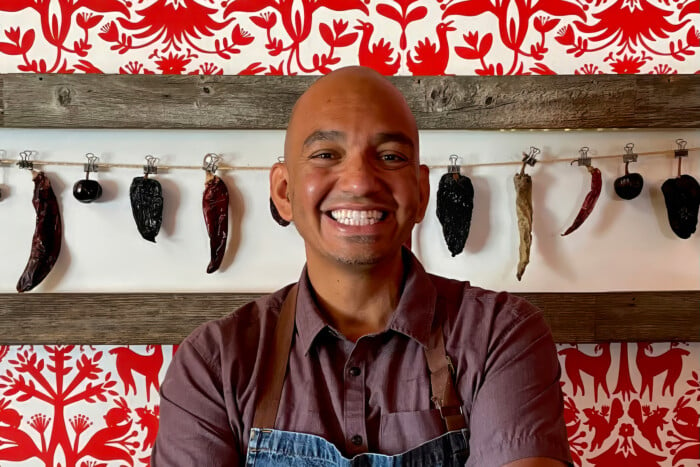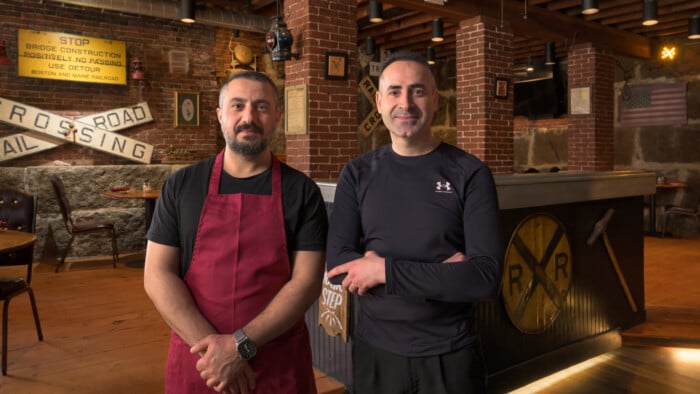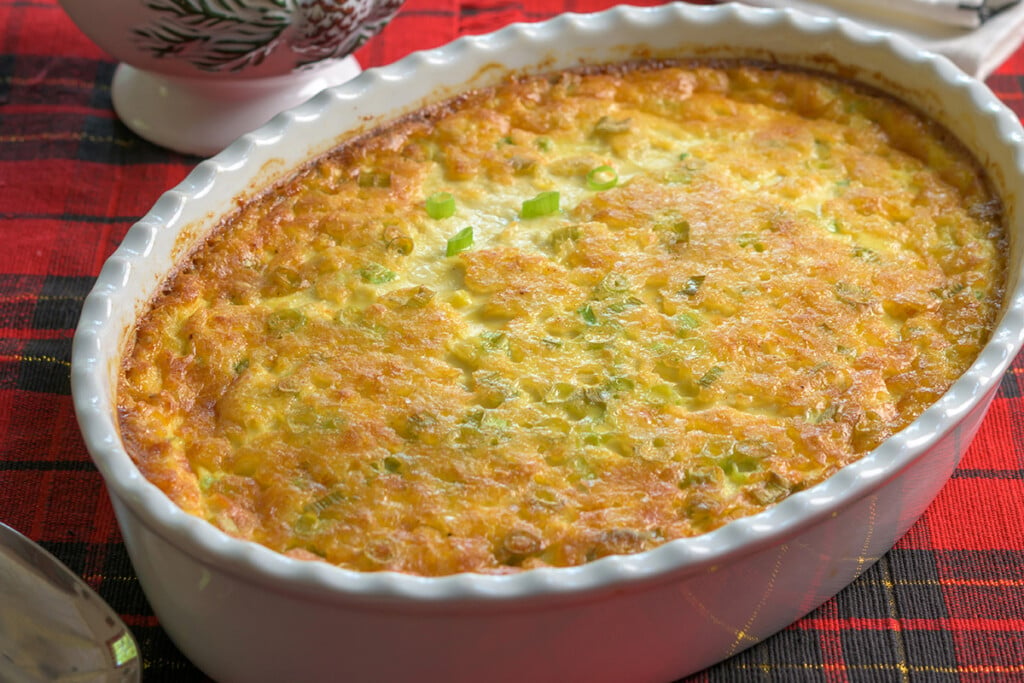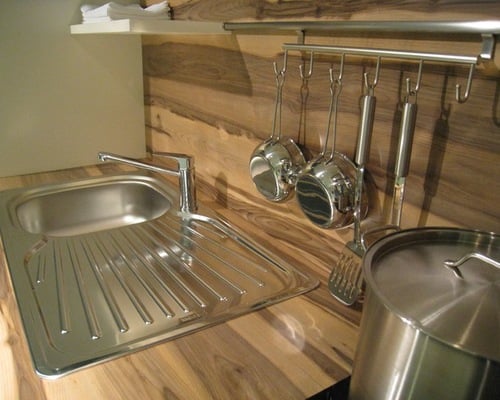A Community-to-Table Commitment
Chef David Vargas is dedicated to preserving and sharing his Mexican heritage across a wide swath of food-centered communities and businesses.
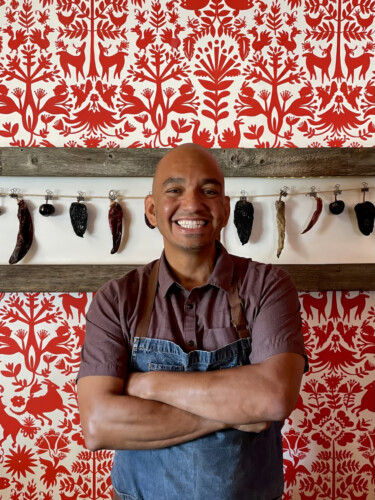 From sourcing local ingredients and supporting local farmers and fishermen to creating and introducing well-balanced school meals and inspiring students to eat local and in season, Chef David lives his commitment every day. At his welcoming, multiple-award-winning restaurant, Vida Cantina, in Portsmouth, diners are treated as family and every dish is an authentic tribute to the chef’s roots.
From sourcing local ingredients and supporting local farmers and fishermen to creating and introducing well-balanced school meals and inspiring students to eat local and in season, Chef David lives his commitment every day. At his welcoming, multiple-award-winning restaurant, Vida Cantina, in Portsmouth, diners are treated as family and every dish is an authentic tribute to the chef’s roots.
Vargas — who has been nominated as a James Beard Best Chef Northeast Semifinalist, 2022, 2020 and 2019, and nominated as a Semifinalist for Outstanding Chef in the U.S. 2023 — learned to cook at his family’s taqueria in Southern California. He later found restaurant work in Northern California, where he met his wife, Erika, the restaurant’s gardener. The couple made the move to New Hampshire in 2010.
Mary Ann Esposito [MAE]: How would you characterize your cooking style?
David Vargas [DV]: My cooking style is deeply rooted in tradition but always evolving. I take inspiration from the flavors and techniques of my Mexican heritage while incorporating seasonal and local ingredients. I like to call it “community-to-table,” because it’s about more than just farm-to-table; it’s about making real, high-quality food accessible to everyone.
MAE: Why is Mexican food more popular than ever?
DV: Mexican food has always been loved, but I think people are finally appreciating it on a deeper level. There’s a growing interest in authenticity, regionality and traditional techniques like nixtamalization (a process for the preparation of maize, or other grain, in which the grain is soaked and cooked in an alkaline solution, usually limewater).
Chefs and home cooks are moving beyond the Americanized versions of Mexican food and embracing the complexity, history and diversity of real Mexican cuisine. Plus, people love bold flavors, and Mexican food delivers that in every bite.
MAE: What are the biggest misconceptions people have about Mexican cuisine?
DV: One of the biggest misconceptions is that Mexican food is just tacos, burritos and nachos. Mexico has a rich and diverse culinary landscape — every region has its own ingredients, techniques and traditions. Another misconception is that all Mexican food is heavy and covered in cheese, when in fact, traditional Mexican cuisine is incredibly fresh, vibrant and balanced. Lastly, people often think Mexican food is easy to make, but dishes like mole or tamales require time, skill and a deep understanding of the ingredients.
MAE: What are the top five ingredients that help define Mexican cooking?
DV: Maíz (corn) — the heart of Mexican cuisine. It’s in tortillas, tamales and so many other staple dishes.
Chiles — From smoky dried chiles like ancho and guajillo to fresh ones like jalapeños and poblanos, chiles are essential for flavor and depth.
Frijoles (beans) — A staple protein source, whether black, pinto or heirloom varieties.
Tomatoes and tomatillos — The base for countless salsas, stews and sauces.
Cilantro and epazote — Herbs that bring freshness and distinct layers of flavor to many traditional dishes.
MAE: Are authentic ingredients readily available for the home cook?
DV: It depends on where you live, but it’s getting easier. Many cities now have Mexican markets, and even mainstream grocery stores are carrying more authentic ingredients like dried chiles, masa harina and fresh herbs like epazote. Online shopping has also made it much easier to access high-quality Mexican ingredients, including heirloom maíz for making authentic tortillas.
MAE: Is Cinco de Mayo as popular in Mexico as it is here?
DV: Not at all! In Mexico, Cinco de Mayo is mostly celebrated in Puebla, where the Battle of Puebla took place. For the rest of the country, it’s not a major holiday. In the U.S., it has become a huge celebration but largely due to marketing. It’s important to recognize that Mexican culture is much deeper than just one day of tacos and margaritas — it’s about history, tradition and resilience.
Tacos de Papa
Potato tacos represent a staple dish from childhood for Chef Varga; his grandmother made them for him and now he carries on the tradition by preparing them for his children.
Salsa Cruda:
2 plum tomatoes
1 clove garlic
½ cup chopped white onion
3 chiles de Arbol, toasted and stems removed
- In a blender, puree all ingredients together and season with salt and pepper to taste. Set aside.
Tortilla Filling:
1 large potato
Four 6-inch corn tortillas
2 tablespoons olive oil
2 tablespoons canola oil
½ white onion, thinly sliced and marinated in lemon juice
½ cup shredded green leaf lettuce
¼ cup salsa cruda (recipe above)
1 avocado cut in half, pit and skin removed and flesh cut into 8 slices
- Boil the potato with skin on until fork tender. Peel and mash with the back of a fork and season with olive oil and salt to taste.
- Warm the corn tortillas in a dry pan until soft.
- Fill each tortilla with equal amounts of mashed potatoes, and starting at one end, roll each one into a tight cylinder shape.
- In a pan, heat the canola oil to 375 degrees and pan fry two tacos at a time, allowing the shells to get dark brown but being careful not to burn them.
- Place each taco on a paper towel to absorb the excess grease.
- Garnish each taco with the salsa, then lettuce, onion and two avocado slices.
Halibut Aguachile
Chef David says that this halibut aguachile dish represents his Mexican culture mixed with the best local foods New England has to offer.
Aguachile:
2 cups lime juice
2 cups orange juice
3 ½ cups simple syrup
3 tablespoons agave
1 serrano
Salt to taste
- Place all ingredients in a blender and puree until smooth. Season with salt to taste.
Salsa Macha:
1 cup olive oil
1 cup vegetable oil
½ cup peanuts
12 morita chiles
3 cloves garlic
2 tablespoons sesame seeds
- Add both oils to a saucepan and bring to medium heat. Add peanuts, moritas, garlic and sesame seeds.
- Stir until golden brown. Turn off the heat and allow to cool.
- Puree in a blender and set aside.
Guacachile:
3 tablespoons vegetable oil
10 serrano peppers
¼ cup chopped white onion
1 clove garlic
1 tablespoon lime juice
3 tablespoons diced papaya
3 tablespoons diced avocado
Salt to taste
- Heat the vegetable oil in a saute pan. Add the serrano peppers and fry until golden brown on all sides.
- Transfer them to a blender along with onion, garlic, lime juice and 3 tablespoons water. Puree.
- In a bowl, mix papaya and avocado together and season with olive oil and salt.
To plate:
2.5 ounces cooked halibut, skin removed, and fish thinly sliced
3 tablespoons diced papaya
3 tablespoons diced avocado
¼ cup aguachile
1 tablespoon salsa macha
1 teaspoon guacachile
1 tortilla tostada
- Place the halibut on top of the papaya mix and drizzle macha over the top.
- Pour on aguachile and add a swipe of guacachile. Serve with tortilla tostada.


